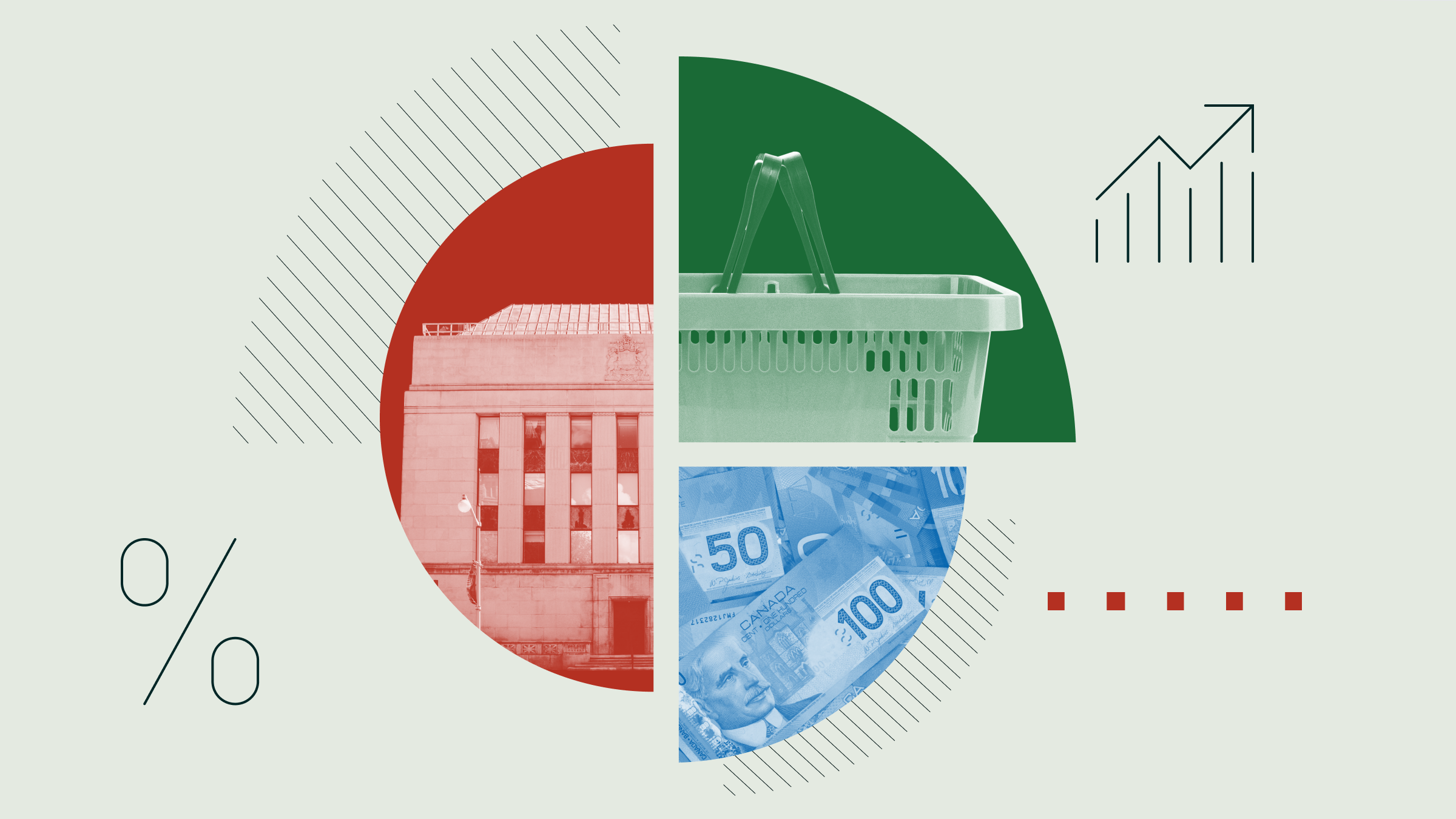You can hear the whispers. Technology companies cost far too much. The five FAANG stocks drive the entire stock market (Facebook, Apple, Amazon.com, Netflix, [Alphabet] Google). Investors have become obsessed with “unicorns”--privately held technology firms that are valued at more than $1 billion. Some openly ask the question: Has the New Era returned?
This article’s headline reveals my belief. (No use being coy; as my former editor liked to say, “Tell them up front what you wish to say. You’re writing an investment article, not a suspense novel.”) I do not believe that the comparison between the current technology-stock marketplace and the overheated period of the late '90s is warranted.
To be sure, there are some similarities.
One is that many not-so-young technology firms, most notably Uber (UBER) and Lyft (LYFT), remain unprofitable. The equity speculation tree runs from 3) making money but not enough to justify the company’s stock market valuation (least speculative) to 2) generating revenues but not profits (dicey) to 1) splashy concept, but where are the revenues? (Oh, dear.) The leading e-hail companies place in the second group. Their services are required, but they are so deeply underpriced that, as Uber’s IPO filing confessed, the industry might never become profitable.
That is distressing--and no doubt a major reason that the initial public offerings for Uber and Lyft have struggled. But, while facing genuine concerns about their abilities to maintain their customers after raising their prices (which they must, at some point), those firms are islands of stability compared with most of the New Era’s IPOs. Consider, for example, drkoop.com, which raised US$98 million in 1998 based solely on its association with former U.S. Surgeon General C. Everett Koop, and expired three years later. It never came close to graduating from the first stage.
Too much capital?
Also similar is the adulation garnered by those closest to the technology scene: private equity and venture capitalists. They are the investment industry’s celebrities: those who attract an admiring crowd at cocktail parties by stating their professions. (Once, far back in the day, mutual fund researchers were so treated. Ah, good times.) Their popularity is not directly meaningful, but indirectly, it indicates how much money their industries are attracting. The answer is, “A lot.”
That is a concern. As one would expect, future technology-stock returns are inversely related to the amount of capital activity. The fewer investment competitors, the better. Private-equity and venture-capital firms boomed during the New Era, which subsequently led to a bust. (In 2010, Harvard Business Review lamented that “the venture-capital business is bad, and there are few signs that it will improve anytime soon.”) Their current success is therefore worrisome.
Sturdier businesses
But there are significant differences between now and then. One, already touched upon, is that today’s technology investments are one notch less speculative. Whereas the New Era’s fringe consisted of businesses that lacked clients, most current technology firms have significant revenues when they go public. They may yet go bankrupt if they cannot convert the top line into bottom-line success, but at least they stand a puncher’s chance.
The trend is similar among the industry leaders. The current portfolio of Invesco QQQ Trust (QQQ), which indexes the Nasdaq 100, is dominated by companies that are massively profitable. Perhaps those earnings cost too much--more on that topic in a bit--but there is no question about their ability to make billions of dollars per year. In late 1999, on the other hand, several Nasdaq 100 holdings were either money losers or eking out modest profits. Yahoo, for example, was among the 30 largest U.S. companies (of any stripe), with but US$50 million in earnings.
Calmer sentiment
Another factor in technology stocks’ favor is that, while Silicon Valley is currently fashionable, its companies have not caught the public imagination as thoroughly as they did in the '90s. Brokerage firms are not blanketing the airwaves with day-trading advertisements; there are no best-sellers advocating that the trees can grow to the sky; and Morningstar analysts are not receiving death threats for assigning low star ratings to technology stocks.
Sentiment is an unreliable indicator. Its signals do not warrant much credence unless they are acute. Twenty years ago, the fervor for technology was extreme--the loudest for any segment of the U.S. stock market in at least 30 years (probably longer). That sign could not be ignored. Today’s enthusiasm is worrisome for those of a contrarian bent, but it is not so overwhelming as to be flashing red.
Lower prices
Price/earnings ratios offer more tangible evidence. A January 1999 article from thestreet.com carried this gem: “Our calculated price-to-earnings ratio for the Nasdaq Composite is 90.2. That is not a typo.” That technology stocks headed almost straight up until March 2000 demonstrates that, as with sentiment, price/earnings ratios are imprecise barometers. That the Nasdaq 100 then plunged 78% over the following 30 months shows that, while imprecise, they can be highly useful!
Morningstar currently calculates the Nasdaq 100’s price/earnings ratio to be 23--slightly below its 15-year average and (of course) far beneath its New Era levels. Today’s technology leaders are more mature than those of 20 years ago, thereby warranting lower price multiples, but nevertheless, the difference in price/earnings ratios between then and now is striking. The two conditions would not seem to deserve the same “bubble” label.
Carnac the magnificent
Technology stocks have enjoyed a powerful run. Morningstar calculates that they have gained 127% cumulatively over the past five years, making them easily the best-performing U.S. sector. Their fortunes certainly could reverse due to disappointing business results, decreasing investor optimism, and/or an overall stock market decline, but it strikes this author (at least) that they will not suffer anything like a repeat of their 2000-02 woes. This is not a second New Era.
(Be sure to email me in two years if this prediction--one of the few stock market forecasts that I have made--turns out to be wrong.)
























